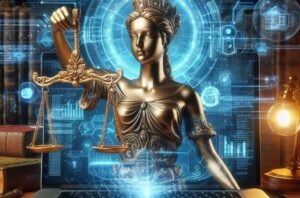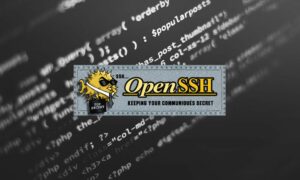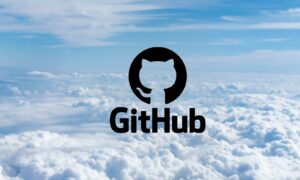
Electricians and plumbers: They are the real winners of the AI boom
Jensen Huang, CEO of NVIDIA, has openly stated that the real winners in the AI boom, at least in the short to medium term, will be electricians, plumbers, and skilled craftsmen in general. Yes, those very same workers: the “blue-collar” workers who transform the megawatts and megadata of new data centers into reality. A vision that clashes (and at the same time fits) with the other side of the coin: the growing fear of a speculative bubble in AI, which risks yet another “technological collapse” if the numbers don’t hold up to the impact of reality. Huang’s Paradox: AI Is Software, But












